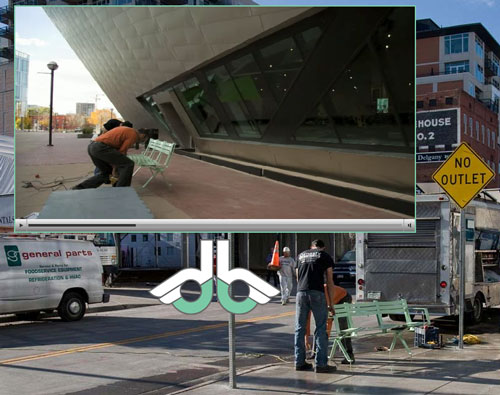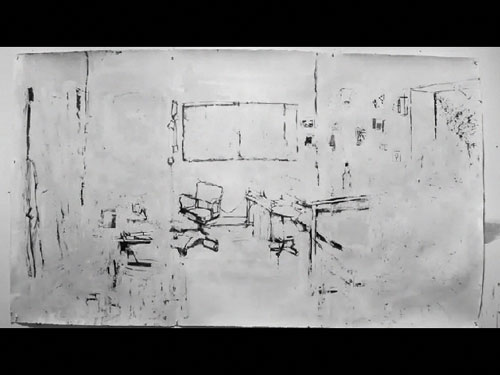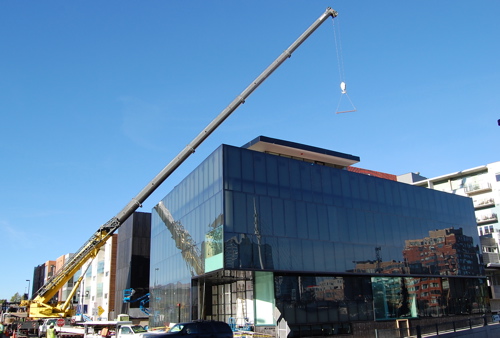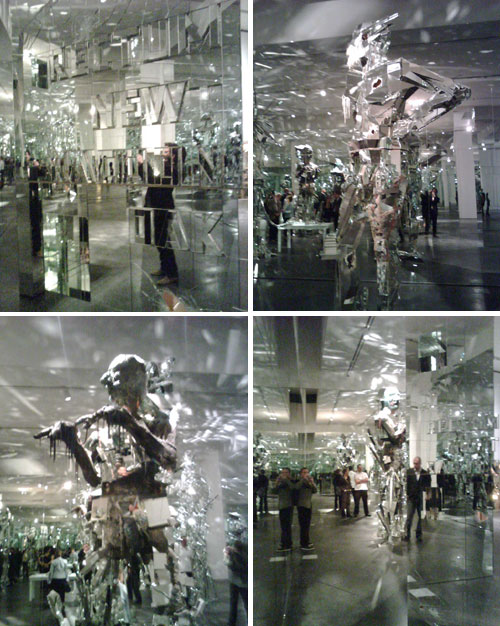
I was quoted in the Denver Post this morning regarding my interest in Riverside Cemetery, along with my friend Jan Allan and Father Joe Hirsch of Transfiguration Cathedral. The article, entitled “Group hopes to bring new life to cemetery” was written by Tom McGhee, and I’m really grateful to him for all he did to bring this story to light.
My personal interest in Riverside did not come about because of a personal relationship; unlike many of the people who are involved in trying to save (resuscitate?) the resting place of 67,000 people, I don’t have family interred there.
I’m interested in the cemetery partly as a historical site; it is Denver’s oldest cemetery, and the first in the Rocky Mountain West to have a ‘park-like’ design. There are a remarkably broad range of people buried there, from a Negro League baseball player, several governors and other famous people, hookers, newspapermen, civil war veterans, and an incredibly diverse range of race, religion, and background. I’ve walked around Riverside any number of times it seems I’m surprised by something every time I go there.
But perhaps even more than its history, I am drawn to Riverside by its enduring presentation of the cultural and creative artifacts of the past 150 years of Colorado history. There were some photographers and painters working in Colorado in the latter part of the nineteenth century, and there were artisans working with wood and stone. But for the average person, the gravestone might well be the single most important piece of sculpture and the most heartfelt expression of their lives and sorrows.
The truth is that Riverside has both historical and cultural significance, but has been sorely neglected over the years, and the Fairmount Cemetery (who have owned Riverside since 1900) didn’t do anyone any favors by losing the water rights in 2003. For whatever reason, Fairmount has treated those interested in supporting Riverside as an annoyance, even though our interest was based only in wanting to see the condition of the cemetery improved.
The only way to improve the condition of this little known historical gem is to increase the awareness to the public; I wrote back in April that the ideal solution would be to turn it into a park along the Platte River, but it seems unlikely that it will be taken over by the Denver and Adams County Government. Perhaps this bit of additional press will help Fairmount to understand that it is in their best interest to coordinate and collaborate with those of us in the general community who care about the welfare of their poorer, dustier, and more historic relation. In any case, Jan and I are planning to get a meeting of “Friends of Historic Riverside” scheduled in the near future.
Update October 31st:
Here’s the info on the next meeting of the Friends of Historic Riverside Cemetery:
Date and Time:
Sat., Nov. 17, 2007, 11AM
Holy Transfiguration of Christ Cathedral Meeting Hall
349 E 47th Ave
Denver, CO 80216
www.transfigcathedral.org
Let me know if you’re planning to attend.










 I can across a site today that takes a more sophisticated and realistic approach.
I can across a site today that takes a more sophisticated and realistic approach. 